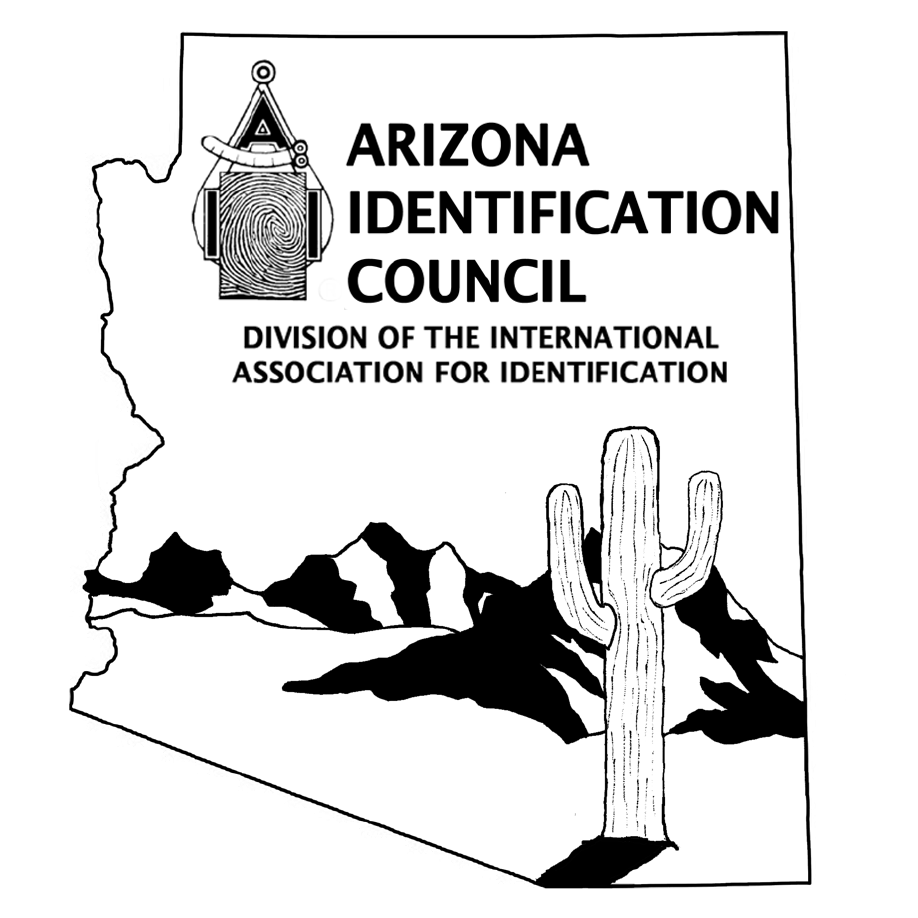EVOLVE FORENSICS $650.00
Landmark-based morphometrics are quantitative methods used by scientists to study form, and variation in form, within plant and animal species. This is essentially the same method used, albeit more qualitatively, during the examination of friction ridge impressions. A key difference for friction ridge examiners is that this method must be applied along two dimensions: 1) distribution of friction ridge features within the human population (inter-source variation) and 2) variation in the recording of friction ridge skin from the same person (intra-source variation). Inter-source variation establishes the diagnosticity of the feature for establishing search parameters and determining identity. Intra-source variation establishes whether the attributes of a feature are within tolerance for having come from the same source skin.
This 4 ½ day workshop will link together the biological aspects of the skin (“morpho” of morphometric) with the geometry of the impressions of the skin (“metric” of morphometric). The estimated distributions of the features within the population will be evaluated using published research and exploring the degree of symmetry among twins and within individuals (bilateral symmetry). Assessing variation in appearance will take place along two lines of inquiry 1) skin variation due to time (e.g., aging, injury, disease) and 2) variation in appearance due to distortion during the recording of the skin on a surface. Attendees will be able to make their own collection of distortion videos to reinforce the distortion concepts. Practical exercises will challenge the examiners to consider which features and their attributes are being compared and weighted and which distortion factors are most relevant for understanding the variation in appearance between two impressions that originated from the same source.
